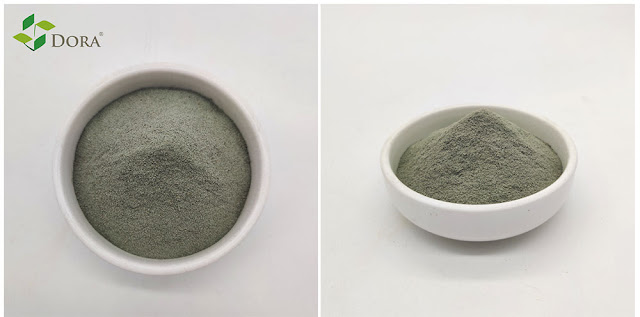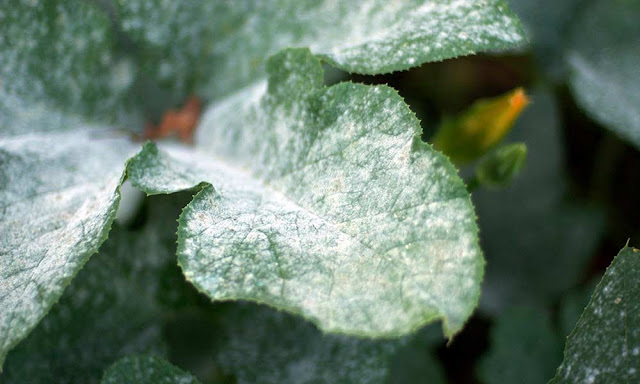Trichoderma Viride Biopesticide Uses In Control Plant Diseases

Trichoderma viride biopesticide is one of the strains with the highest cellulase activity. It has the dual efficacy of protection and treatment, and can effectively prevent and cure soil-borne diseases. Efficacy of Trichoderma viride 1, Through the protection and treatment, Trichoderma viride can effectively prevent and control root rot , cataplexy, blight, wilt, verticillium wilt, anthrax, and other soil-borne diseases; 2. It can directly kill root-knot nematodes and underground pests in the roots of crops and soil; 3, It can improve the soil, break the knot, improve the soil permeability and oxygen supply by the root system; 4. Promote root growth, Trichoderma viride makes crops grow more vigorously and increase crop yield. Mechanism of action of Trichoderma viride 1. Competitive Effect : the growth and reproduction rate of trichoderma is fast, which can quickly absorb and utilize nutrients, water, space and oxygen in the soil, so

